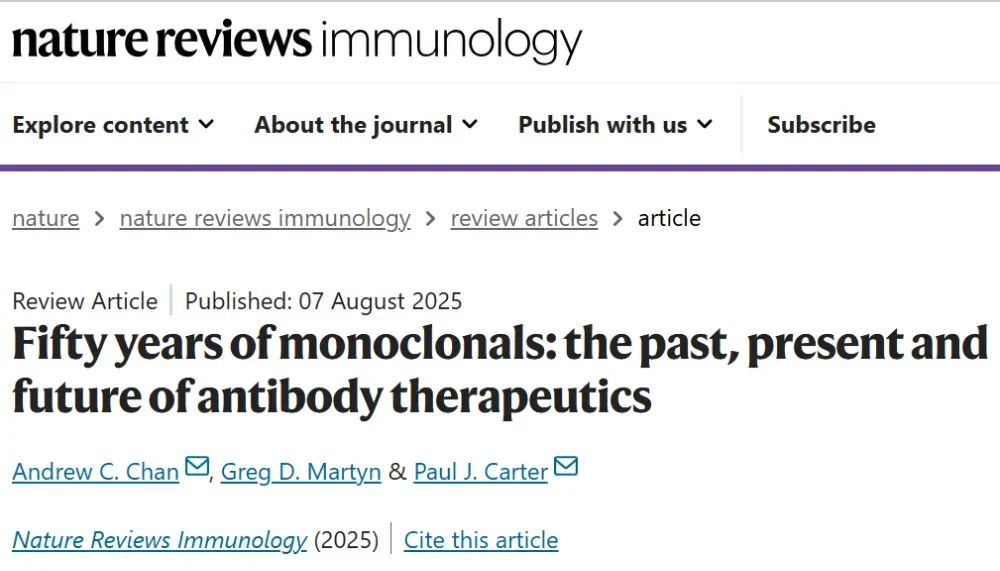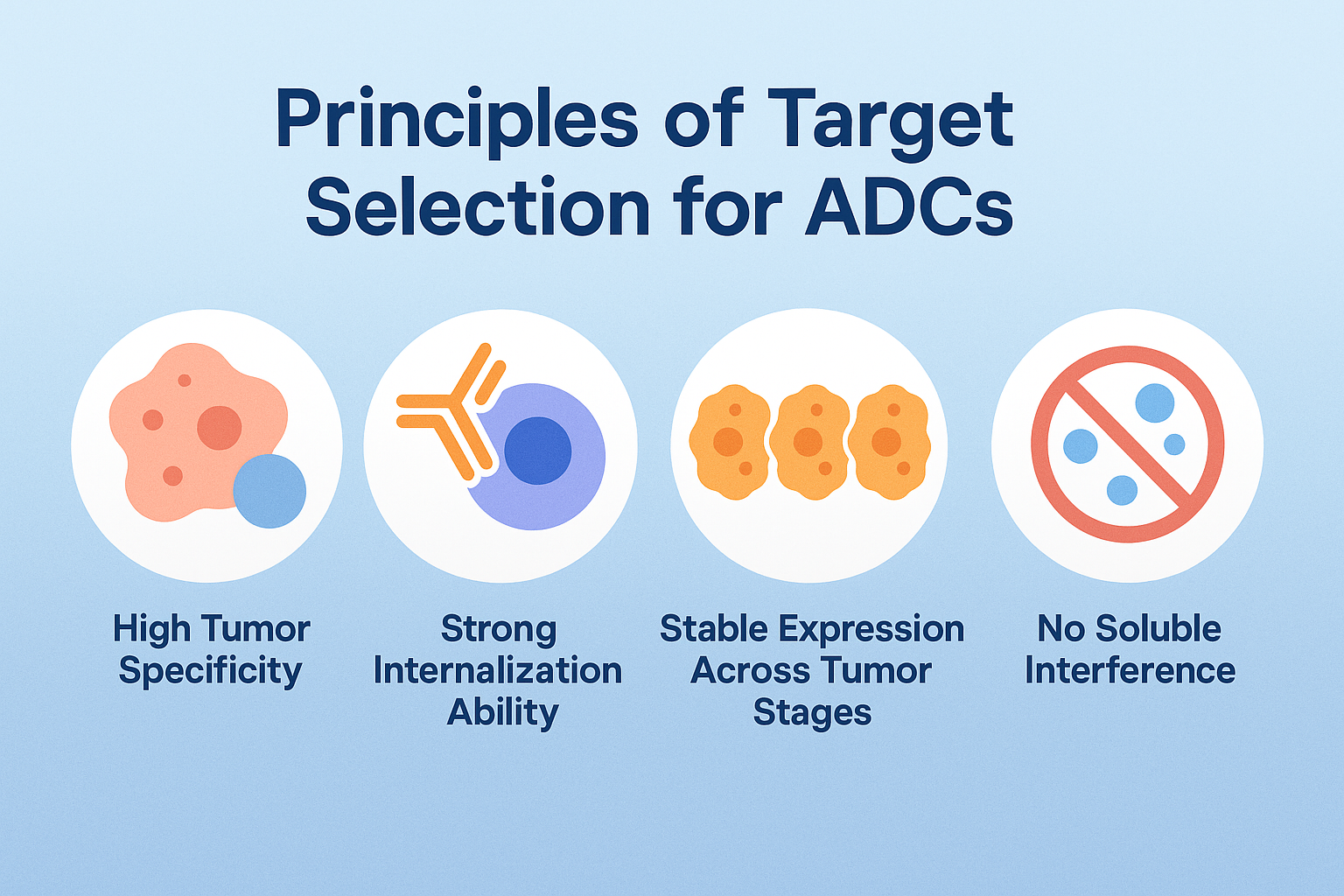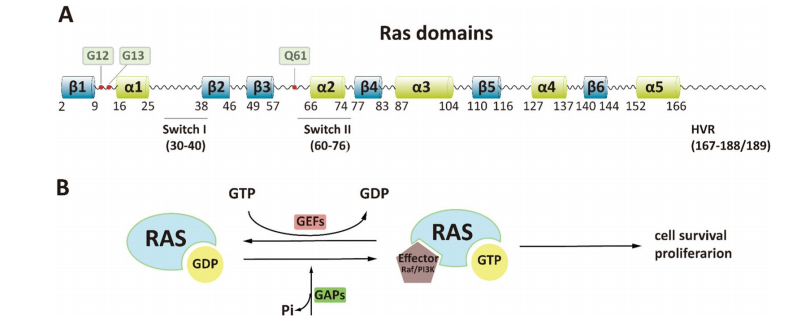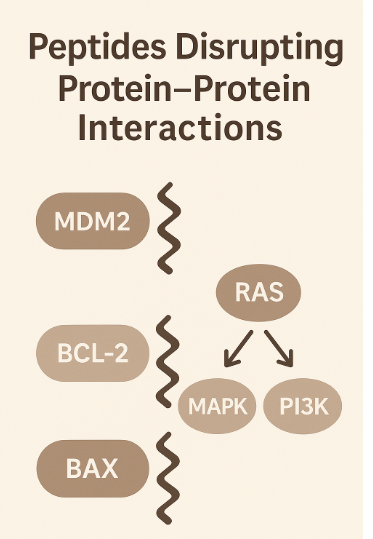How does S-adenosyl-L-methionine Protect the Liver?
Abstract
S-adenosyl-L-methionine is an important physiologically active substance widely found in plants, animals and microorganisms, with transmethylation, transsulfuration and transaminopropyl effects, and is particularly useful in improving liver function.
Introduction
The liver is the largest internal organ of the body and is located in the right upper abdomen of the body, mostly covered by the rib cage, and is a digestive organ. The liver is very important and is an organ necessary for metabolism and queuing, and will process everything that enters the body, including food, drugs, alcohol, and toxins, among other substances. The liver also provides nutrients that are carbohydrates, proteins, sugars lipids, microbiota, and clotting factors. In addition, the liver is an immune organ with an abundance of immune The liver is also an immune organ, rich in immune cells. Liver damage can have serious health consequences, but fortunately, liver cells contain an internal repair system that constantly fights against free radicals and rebuilds damaged cells. Fortunately, hepatocytes contain internal repair systems that continuously fight against free radicals and rebuild damaged cellular components. However, when these self-protection systems are overwhelmed, damage can occur.
Hepatitis and cirrhosis can be caused by infection, radiation, alcohol, and other toxins (e.g., pesticides, heavy metals, poisons), biliary stasis, poor diet, prescription drugs, or cancer.
Hepatitis is associated with elevated liver enzymes and can be diagnosed by routine blood tests. Usually, liver enzymes will return to normal when exposure to undesirable substances is stopped. However, if liver enzymes do not return to normal, then supplements may have to be ingested, as conventional therapy is quite limited in what it can do. Sometimes a person must continue to take a drug that has adverse effects, even if it causes liver enzymes to rise. Supplements may help normalize liver function by, for example, increasing the supply of protective anti-oxidant components so that a person can continue to take the needed medication.
To promote liver function, and resist and recover from injury, studies have shown that S-adenosyl-L-methionine can be used to improve liver function. S-adenosyl-L-methionine, also known as Sadenosyl-L-methionine (SAM), is an important physiologically active substance widely found in plants, animals, and microorganisms, with transmethylation, transsulfuration, and transaminopropyl effects. It is closely related to the biosynthesis of proteins, nucleic acids, neurotransmitters, phospholipids, and vitamins. In addition, it is involved in the biotransformation of polyamines and glutathione, an important component in the production of glutathione, an antioxidant component that helps to counteract the free radical attack. Studies have shown that S-adenosylmethionine, a compound produced from methionine and adenosine triphosphate (ATP) by the action of adenosylmethionase, is a physiologically active substance present in all human tissues and body fluids. It is involved in important biochemical reactions in the body as a methyl donor (transmethylation) and as a precursor to physiological sulfhydryl compounds (such as cysteine, taurine, glutathione, and coenzyme A) (transsulfuration).
What are the pharmacological effects of S-adenosyl-L-methionine?
S-adenosyl-L-methionine is a physiologically active substance present in all human tissues and body fluids. It acts as a methyl donor (transmethylation) and a precursor of physiological sulfhydryl compounds (e.g. cysteine, taurine, glutathione, and coenzyme A) involved in important biochemical reactions in the body. In the liver, the fluidity of the hepatic cytosol is regulated by the methylation of cell membrane phospholipids, and the synthesis of sulfation products during detoxification can be facilitated by the transsulfhydryl reaction. As long as the bioavailability of S-adenosyl-L-methionine in the liver is within normal limits, these reactions help prevent intrahepatic cholestasis. In cirrhosis, because the activity of adenosylmethionine synthase is significantly reduced, the conversion of methionine to adenosine acid is reduced, thus weakening the normal physiological processes that prevent biliary sludge, resulting in a decrease in the plasma clearance of methionine from the diet of cirrhotic patients and a decrease in the utilization of its metabolites, especially cysteine, glutathione, and taurine.
This metabolic disorder also causes hypermethioninemia, which increases the risk of developing hepatic encephalopathy. The accumulation of methionine in the body can lead to elevated concentrations of its degradation products (e.g., thiols, methionine) in the blood, and these degradation products play an important role in the pathogenesis of hepatic encephalopathy. Since S-adenosyl-L-methionine can overcome the impairment of adenosine synthase deficiency, the application of S-adenosyl-L-methionine leads to increased synthesis of sulfur-based compounds without increasing circulating methionine concentrations. Supplementation of S-adenosyl-L-methionine to patients with cirrhosis restores endogenous levels of an essential compound whose bioavailability is reduced in liver disease. Thus, the anti-cholestatic effect of adenosylmethionine is associated with the following effects.
- Restoration of cell membrane fluidity by promoting adenosylmethionine-dependent cell membrane phospholipid synthesis (reduction of the cholesterol/phospholipid ratio).
- Overcome barriers to the transsulfuration reaction and promote the synthesis of sulfur groups during endogenous detoxification.
It was found that S-adenosyl-L-methionine is also a more effective antidepressant than chlorpromazine and amitriptyline. Adenosylmethionine also acts as a methyl donor, a methylation reaction of the analog methionine. Methylation can turn normal brain components, into substances with hallucinogenic properties. So over-methylation can be involved in schizophrenia, psychosis, depression, and psychiatric-related disorders, and conversely, deficient methylation can be involved in depression.
It is converted and synthesized from methionine to cysteine, glutathione, and taurine, making it the most powerful antioxidant and detoxifying agent in the body. Methionine is also considered to be the amino acid that promotes increased levels of all amino acids in the body. It also promotes the absorption and transport of minerals important for selenium and zinc, as well as the formation of choline; a member of the B family of constructive microbiota and lecithin, and is essential for the formation of neurotransmitters from acetylcholine.
Preparation of S-adenosyl-L-methionine
Based on the important physiological functions and wide application of S-adenosyl-L-methionine, the study of the key engineering technologies for the preparation of S-adenosyl-L-methionine in large-scale and high yield has become an urgent problem to be solved. Currently, there are three main methods for the preparation of S-adenosyl-L-methionine: chemical synthesis, fermentation, and enzymatic conversion. The fermentation method is to add the precursor L-methionine to the basic medium containing C and N sources, and a large amount of S-adenosylmethionine can be obtained by culturing microbial cells. This is currently the main route for the industrial production of S-adenosylmethionine. One of the microorganisms used for fermentation can be obtained by screening or recombinant constructs, which have been documented in many articles and patents both domestically and internationally. One study provides a method for the preparation of S-adenosylmethionine, using a polyhydroxy organic reagent to protect the enzyme activity, adenosine triphosphate precursors, L-methionine and phosphate ions as substrates, glucose or/and maltose as energy donors, and a combination of metal ions added to catalyze the production of S-adenosylmethionine using permeable production strains of whole cells. The use of a combination of metal ions to regulate the metabolic flux and thus improve the energy self-coupling efficiency, the addition of organic reagents to protect the bacteriophage and enzyme activity, and the use of a permeable production strain for the preparation of S-adenosylmethionine shortens the synthesis time and allows the product to accumulate extracellularly, thus saving the cost of subsequent isolation and simplifying the operational steps.
Summary
S-adenosyl-L-methionine, as a normal physiological substance in the human body, has bile cleansing, prevention of cirrhosis,and promotion of liver function. In addition, it is clinically used to improve liver function and plays a great role in preventing cirrhosis and protecting the liver. It is also very necessary to protect the liver and keep the body in balance atnormal times.




